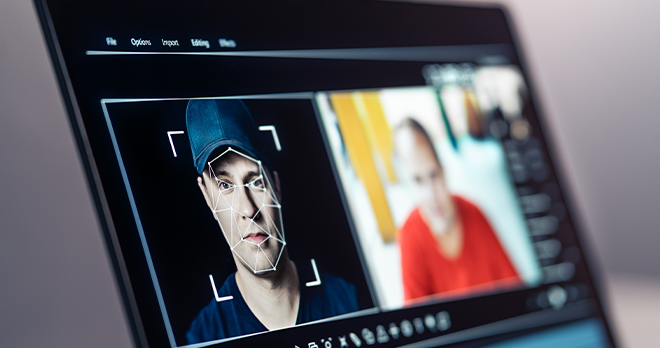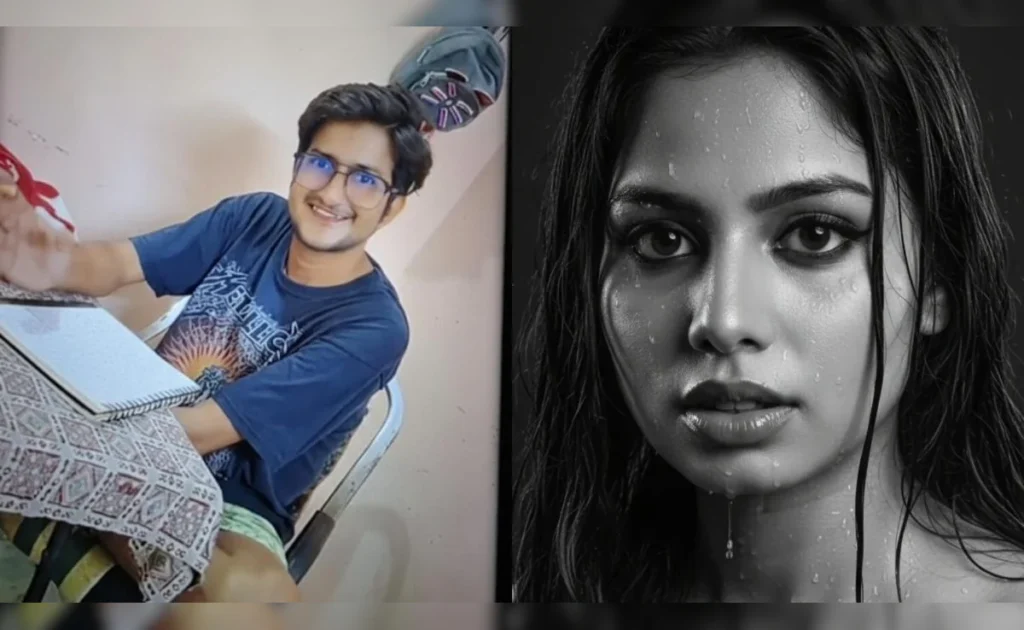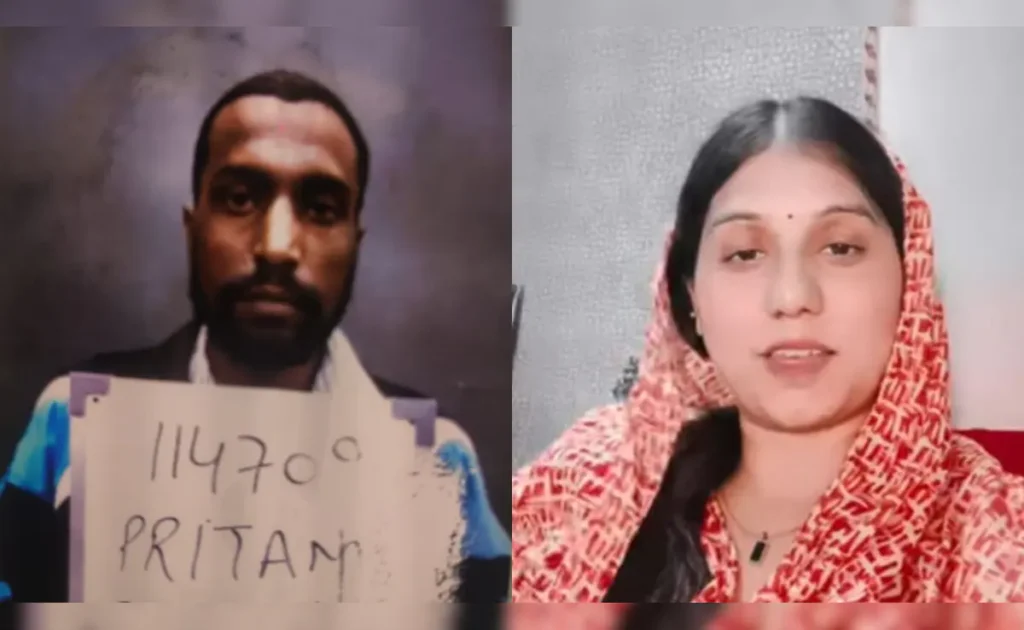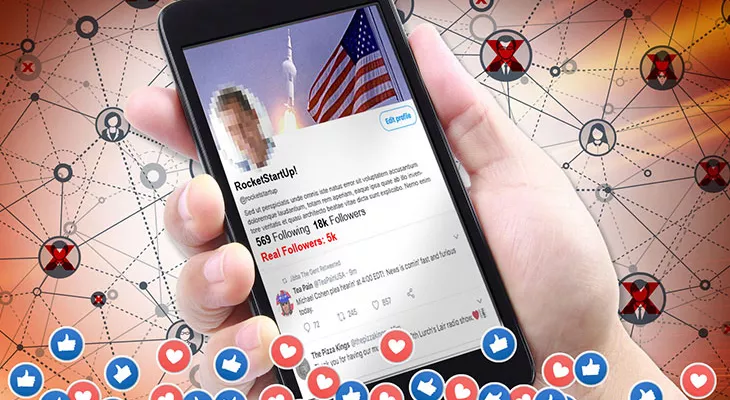Now Reading: How Deepfake Technology Is Used in Fraud
-
01
How Deepfake Technology Is Used in Fraud
How Deepfake Technology Is Used in Fraud

Deepfake technology, which uses artificial intelligence to create realistic but fake images, videos, or audio, is emerging as a new tool for fraud. In India, including Tier 2 cities, fraudsters are using deepfakes to manipulate people, spread misinformation, and trick individuals or businesses into financial loss. The realism of these digital fabrications makes it increasingly difficult for ordinary users to detect deception.
Fraudsters often use deepfakes to impersonate executives, celebrities, or officials. Fake video calls or audio messages can be used to authorize payments, demand confidential information, or influence decisions. Social media and messaging apps make it easy to circulate such content, increasing the reach and impact of these schemes.
Individuals are particularly vulnerable when they rely solely on visual or auditory cues for verification. In Tier 2 cities, where awareness of deepfake risks is still limited, victims may trust the content without questioning its authenticity. Fraudsters exploit this trust, creating urgency or fear to prompt immediate action, often bypassing normal verification procedures.
Preventing deepfake fraud requires critical evaluation and verification. People should confirm identities through multiple channels, avoid sharing sensitive information in response to unverified requests, and use tools or platforms that flag suspicious content. Awareness campaigns and digital literacy programs are essential to educate users about recognizing manipulated media.
Ultimately, while deepfake technology has creative and legitimate uses, its misuse in fraud highlights the need for caution and verification. Being skeptical and vigilant online is the key to protecting oneself from these sophisticated digital threats.

























